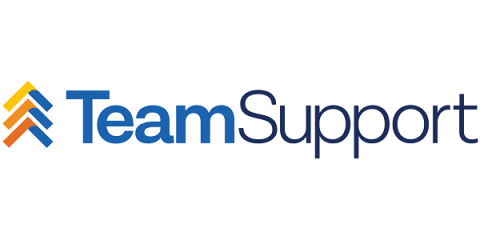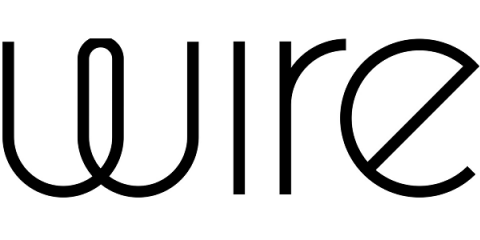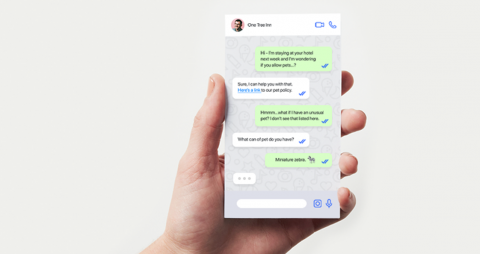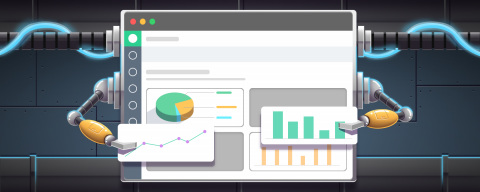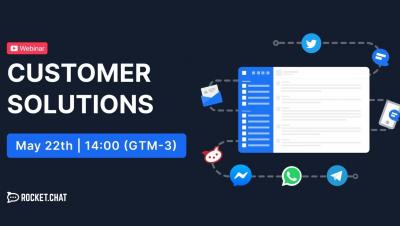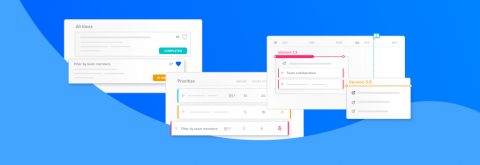Teams | Collaboration | Customer Service | Project Management
%term
How to Optimize Your Main Company Website for Customer Success
A company website is important to any business. It’s your face and first impression to all different types of people – prospects, investors, researchers, and more – and putting the right content in front of the right role makes a difference.
Checklist for enterprise executives and boards
Executives drive the most sensitive and confidential discussions within your business. So, it’s sobering to think that many of the work processes today are still organized and built around email, paper documents and insecure messaging and file sharing services in many Fortune 1000 companies. These conversations are often extended to board members - external parties to the organization and outside the corporate firewall.
Zendesk welcomes Smooch, a platform for messaging
With over seventy-two trillion messages sent in 2018 across messaging channels like WhatsApp and Facebook Messenger, it’s no surprise that 68% of consumers choose messaging as their preferred way to communicate with businesses. Customers are growing more comfortable with sending a message to a business just like they would to their friends and families—it brings an extra degree of convenience and familiarity to the customer experience.
Simplify Customer Support Management with a Customized Helpdesk Dashboard
Many companies focus on customer-facing features and tools when selecting a helpdesk platform for their customer support team. There are good reasons for this, particularly when you need to build extensive options for customizing a strong multi-channel or omnichannel program.
Introducing Zendesk Sunshine
Livechat Webinar
Say Hello to the New and Improved Craft.io
We’re thrilled to introduce you to the new Craft.io! In our quest to give product managers the comprehensive, frictionless, product-building solution they deserve, we’ve massively upgraded the Craft.io platform. We invite you to say hello to a host of new features, expanded functionality, and an improved user experience.
Why regular security audits are imperative
Whether it’s the ever-present threat of a cyber-attack, or the need to meet your data privacy obligations under GDPR, organizations are under growing pressure to protect their IT infrastructure and ensure that the tools they use are fit for purpose. One of the most robust ways of achieving this is to run regular audits.
Help desk vs service desk: what's in a name?
Have you ever overheard people having heated discussions about the differences between help desks, service desks, and IT service management (ITSM)? Surprisingly, we have. Some argue that help desk is an outdated term referring to an IT-centric support capability born in the late 1980s (think mainframes), with little attention to the end user. They may say service desk was coined to describe a new focus on serving end-users in a timely manner.



